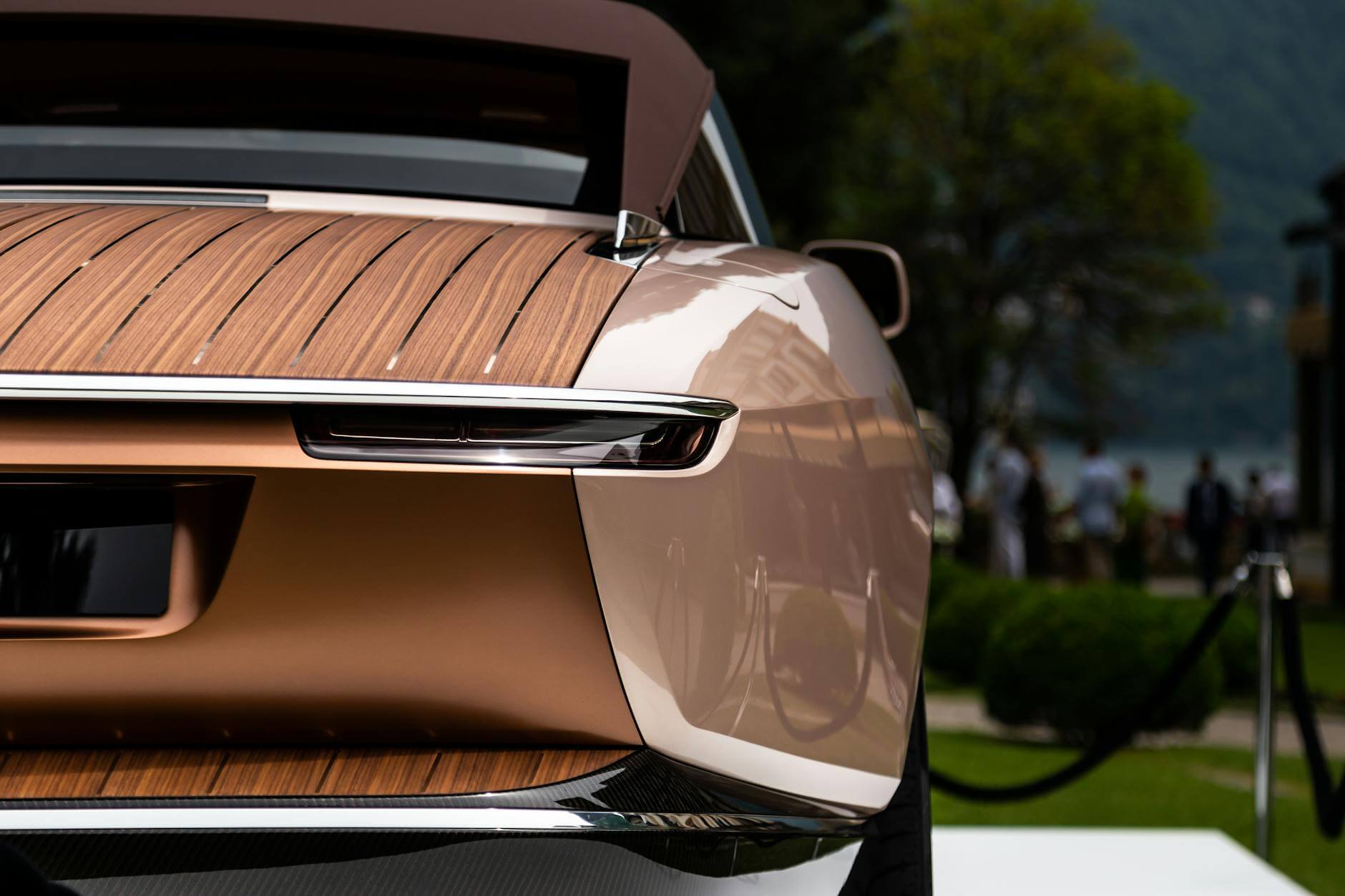
Table of Contents
The Evolution of Metal Business Cards
Design Trends in Metal Business Cards
Material and Finish Innovations
Engraving and Printing Techniques
Have you ever noticed how some professionals seem to effortlessly command attention, even before they utter a word? It’s often the subtle details that make the difference, and increasingly, it’s the clink of a metal business card against a glass table that signifies a certain level of sophistication and success. Remember when Tesla started offering metal business cards to Model S owners? It sparked a wave of interest and solidified the idea that metal cards are more than just a networking tool; they’re a statement. This enduring importance of the business card, even in our digital world, is amplified when rendered in metal. In this post, we’ll explore the fascinating evolution and latest design and technological trends in high-end metal business cards, showcasing the innovations that make them the ultimate networking accessory.
The Evolution of Metal Business Cards
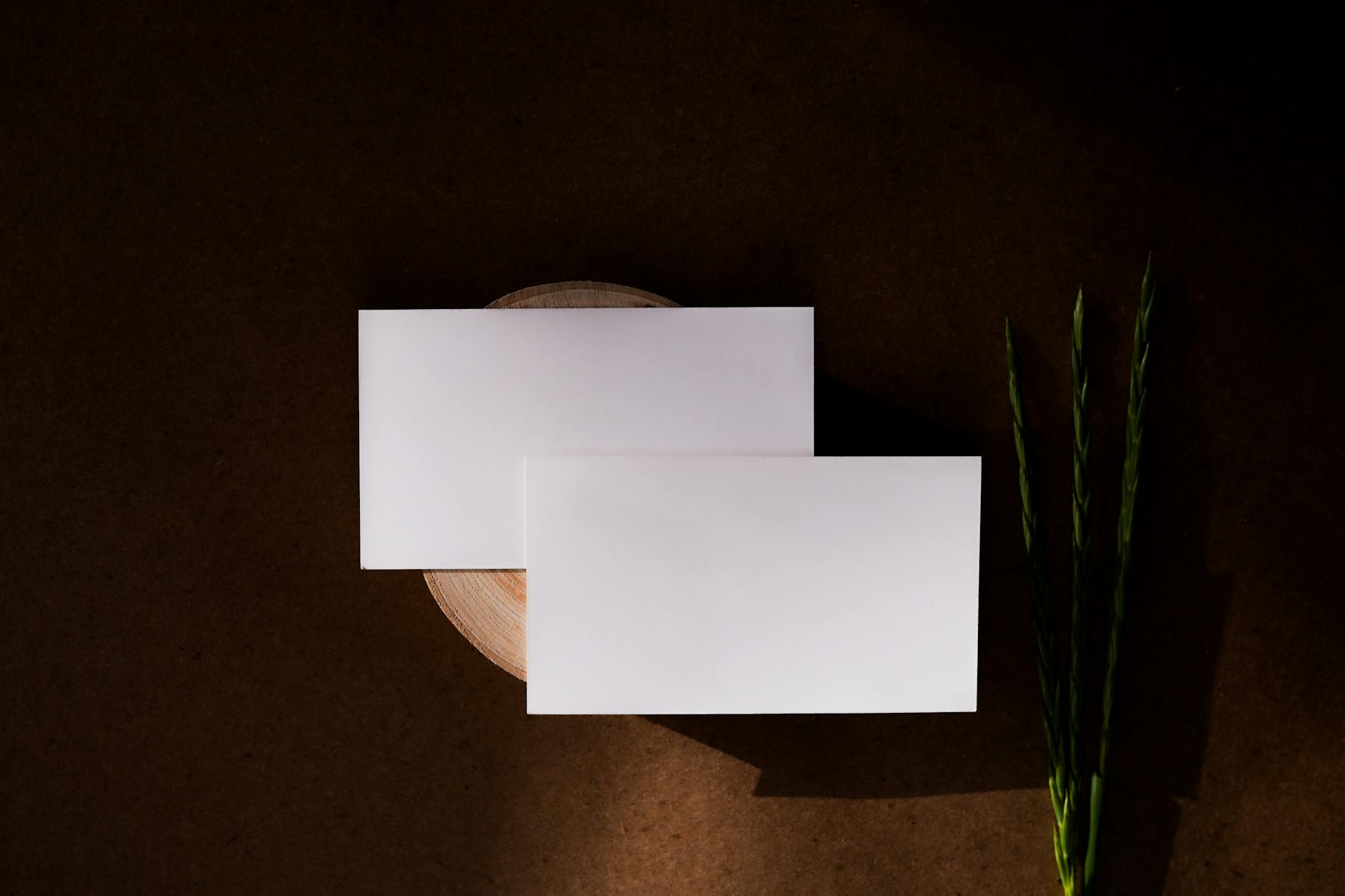
Metal business cards weren’t always the sleek, sophisticated tools we see today. Their journey began rather humbly, appearing initially as novelty items, often clunky and less refined. Early iterations were likely simple metal plates with engraved details, serving more as a demonstration of craftsmanship than a practical networking tool. These early adopters were likely blacksmiths or metalworkers, showcasing their skills through these unique “calling cards.” Over time, as metalworking techniques advanced, so too did the potential for creating more intricate and elegant designs.
The true turning point came with the advent of technologies like laser etching and precision cutting. These advancements enabled the creation of thinner, more intricate cards, opening up a world of possibilities for personalization and design. Suddenly, incorporating complex logos, intricate patterns, and even variable data became achievable, transforming the metal business card from a niche novelty to a viable high-end option. The development of new alloys and finishes further propelled this evolution, introducing a variety of colors, textures, and durability options. Today, we see metal business cards utilized by professionals across various industries, from tech startups and creative agencies to established corporations and independent consultants.
Design Trends in Metal Business Cards
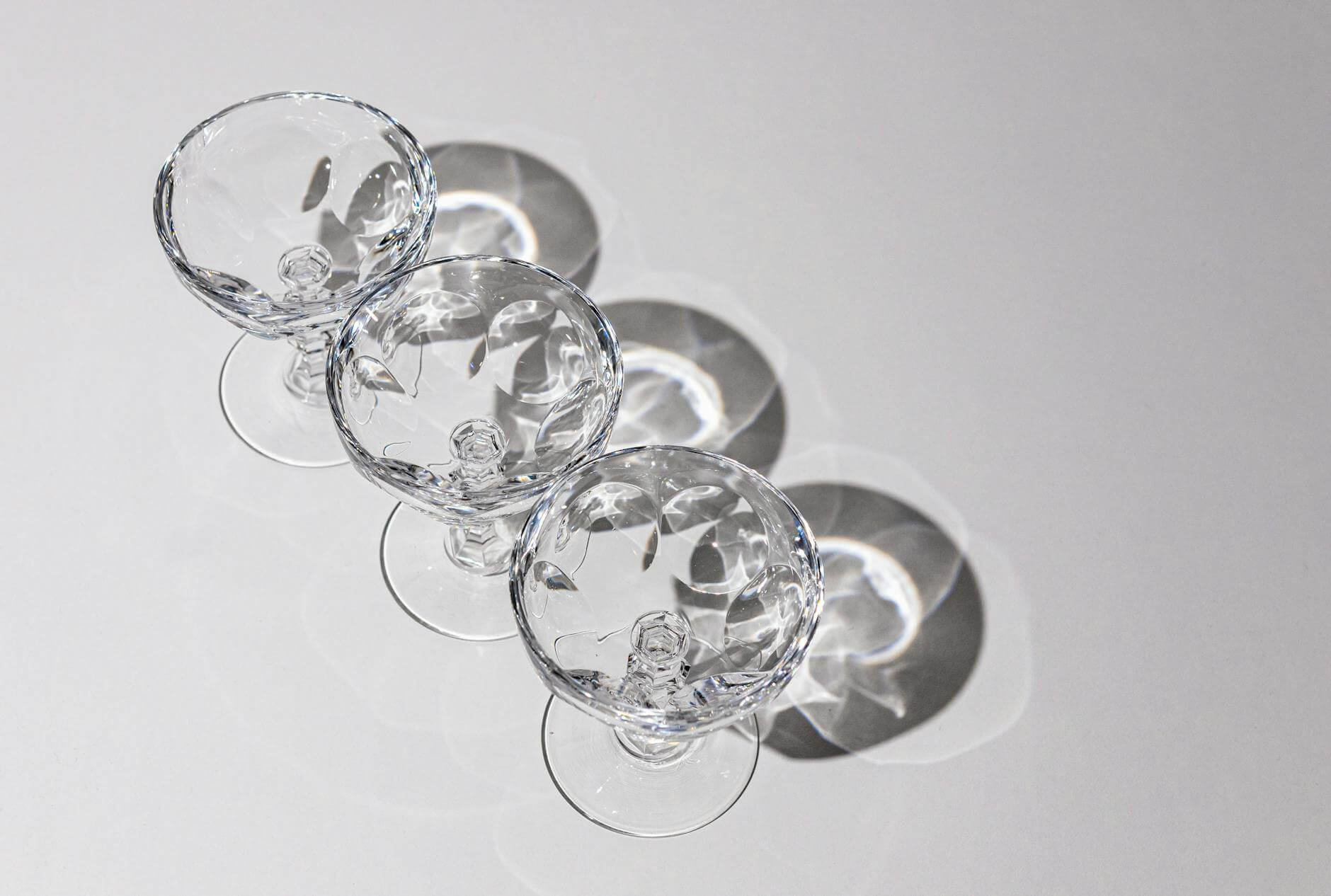
The design landscape of metal business cards is constantly evolving, with new trends emerging that push the boundaries of creativity and sophistication.
Minimalism with a Twist: Clean lines and understated elegance are hallmarks of minimalist design. However, in the world of metal cards, minimalism has taken on a new dimension. Think subtle engravings that catch the light just so, or a unique cutout that adds a touch of intrigue without overwhelming the overall simplicity. Imagine a stainless steel card with a simple, laser-etched logo and contact information, enhanced by a delicate, brushed finish that adds a tactile element. The effect is both understated and unforgettable.
Bold and Innovative Patterns: For those who prefer to make a statement, intricate patterns and textures are taking center stage. Geometric designs, abstract art, and even nature-inspired patterns can be laser-etched onto the metal surface, creating a visually captivating experience. Consider a blackened steel card with a laser-etched honeycomb pattern. The contrast between the dark metal and the intricate design creates a bold and memorable impression.
Color Infusions: Gone are the days when metal cards were limited to the natural hues of their base material. Anodizing, a process that uses electrolytic passivation to create a colored oxide layer, allows for vibrant and durable color infusions. Furthermore, the use of colored metals like brass, copper, and even titanium opens up a whole new spectrum of design possibilities. Imagine a business card crafted from vibrant blue anodized aluminum, or a deep red copper card with a contrasting brushed silver logo. These color infusions add a level of personality and branding that traditional paper cards simply can’t match.
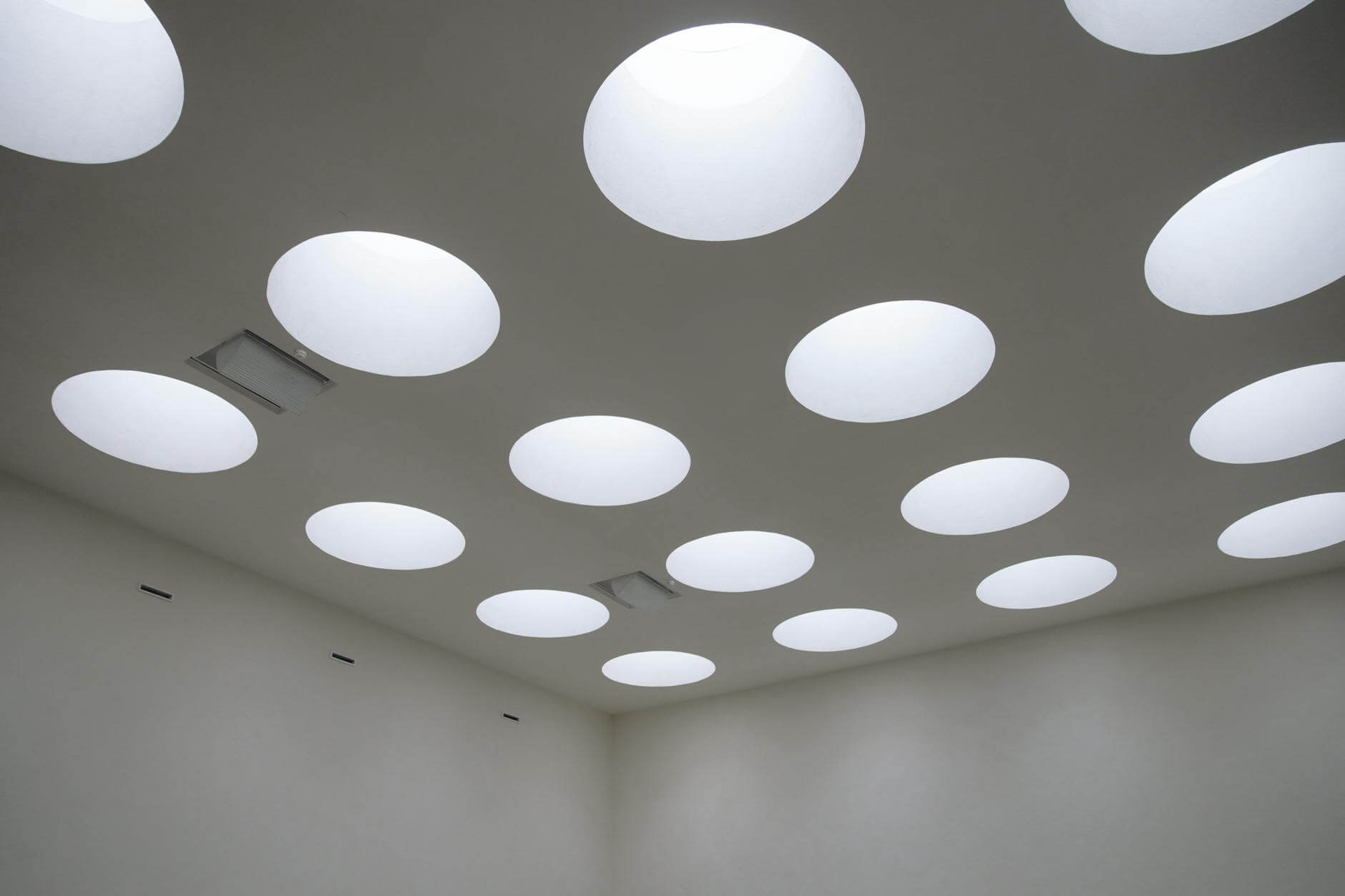
## Material and Finish Innovations
The choice of metal and finish plays a crucial role in the overall aesthetic and feel of a high-end business card.
Premium Metals Used: Stainless steel remains a popular choice for its durability and sleek appearance. Brass offers a classic, vintage feel, while copper develops a beautiful patina over time. For the ultimate in exclusivity, titanium offers unparalleled strength and a unique, modern aesthetic. Each metal brings its own distinct character and weight, allowing for a truly personalized statement.
Eco-friendly Alternatives: Sustainability is a growing concern, and the metal business card industry is responding with innovative solutions. Recycled metals and eco-friendly manufacturing processes are becoming increasingly common. Companies like My Metal Business Card, for instance, highlight their commitment to sustainable practices, appealing to environmentally conscious consumers. This focus on eco-consciousness not only reduces environmental impact but also adds value to the brand.
Unique Finishes: The finish of a metal card can dramatically alter its appearance and feel. A matte finish offers a subtle, understated elegance, while a brushed finish provides a textured, modern look. A mirror finish, though less resistant to scratches, creates a dazzling, high-impact impression. The variety of finishes available allows for endless customization options.
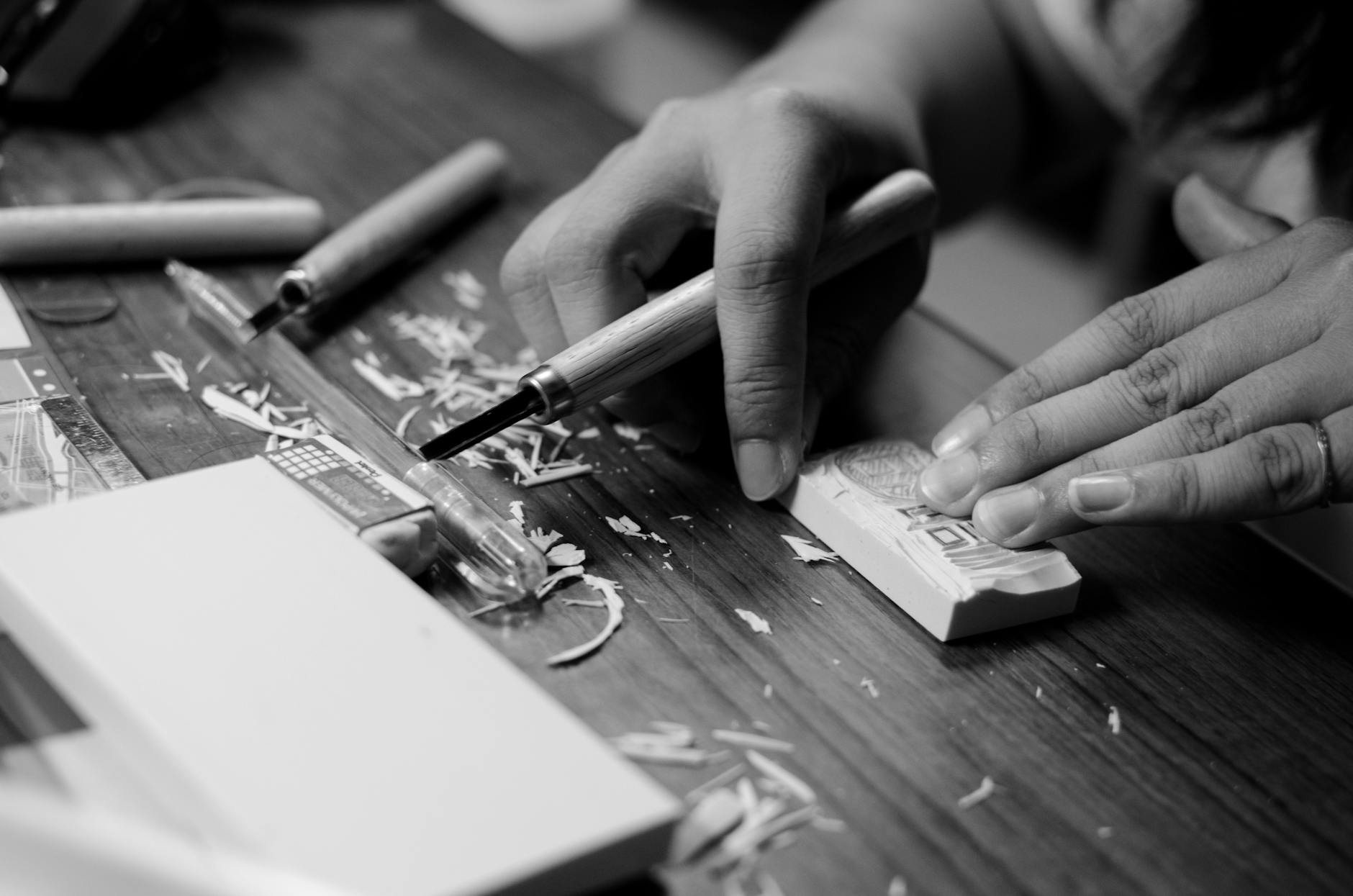
Engraving and Printing Techniques
The precision and artistry of engraving and printing techniques are what truly bring metal business cards to life.
Laser Engraving: Laser engraving is the most common method used for metal business cards. This process uses a high-powered laser to etch designs into the metal surface with incredible precision. It allows for intricate details and crisp lines, making it ideal for complex logos and personalized text. A quick search for “laser engraved metal business cards” reveals countless examples of the stunning results achievable with this technique.
Etching vs. Embossing: While both etching and embossing create raised designs, they achieve this through different processes. Etching involves chemically removing material from the surface, while embossing involves physically deforming the metal. Etching offers greater precision for fine details, while embossing creates a more dramatic, three-dimensional effect. Visually comparing the two techniques side-by-side can help illustrate these differences.
UV Printing: UV printing adds another layer of customization, allowing for vibrant colors and intricate graphics to be printed directly onto the metal surface. This technique uses UV light to cure the ink instantly, resulting in a durable, scratch-resistant finish. Many online printers showcase examples of metal cards enhanced with UV printing, demonstrating its versatility and impact.

Practical Considerations
Beyond the aesthetics, there are practical aspects to consider when choosing metal business cards.
Durability and Longevity: Metal cards are inherently more durable than their paper counterparts. They resist tearing, bending, and fading, ensuring that your first impression remains pristine for years to come. Testimonials from professionals who’ve used metal cards for extended periods can attest to their long-lasting quality.
Weight and Portability: Metal cards have a satisfying heft that conveys quality and substance. However, it’s important to consider the weight and thickness of the card, ensuring it remains practical for carrying in a wallet or cardholder. Comparing the weight of different metal types and thicknesses can help determine the best balance between heft and portability.
Cost Analysis: Metal business cards are undoubtedly a more significant investment than traditional paper cards. However, the cost is often justified by their durability, impact, and the impression they make. A simple cost comparison can highlight the long-term value of investing in metal cards.

Environmental Impact
As with any product, it’s essential to consider the environmental impact of metal business cards.
Sustainable Practices: Many manufacturers are adopting sustainable practices, such as using recycled metals and minimizing waste in their production processes. Look for companies that prioritize environmental responsibility and highlight their sustainable initiatives.
End-of-Life Recycling: Metal business cards are easily recyclable. Encourage recipients to recycle their cards at the end of their lifespan, contributing to a circular economy. Providing clear instructions on how to recycle metal cards can further promote responsible disposal.
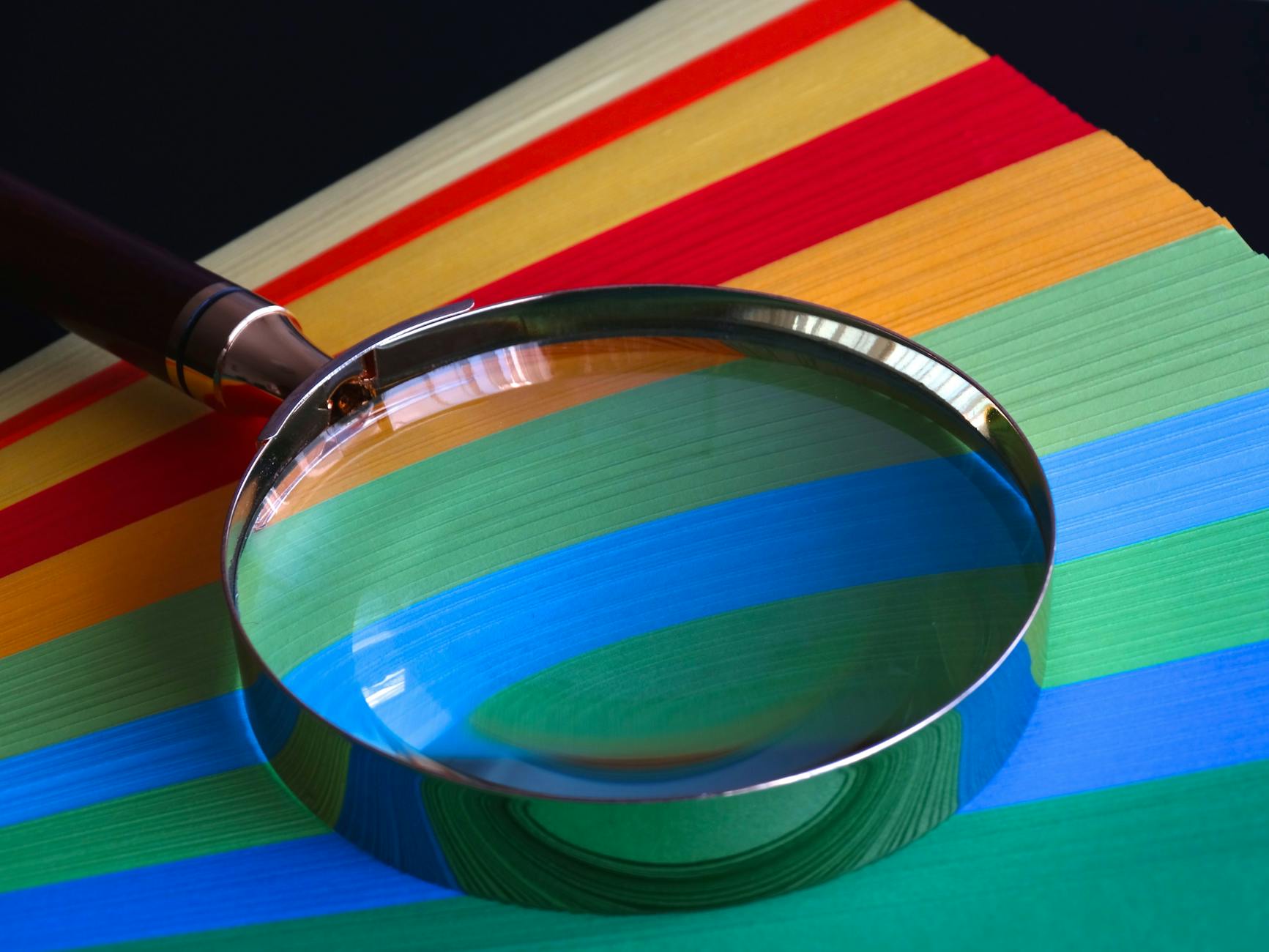
Case Studies and Reviews
The effectiveness of metal business cards is best illustrated through real-world examples.
Industry Professional Insights: Quotes and testimonials from professionals across various industries can provide valuable insights into the impact of metal business cards. Hearing directly from those who have experienced the benefits firsthand adds credibility and persuasiveness.
Real-world Applications: Case studies demonstrating how metal business cards have helped businesses stand out and make lasting impressions can be particularly compelling. For example, a story about how a real estate agent secured a significant deal thanks to the memorable impression made by their metal business card can showcase their tangible value.
Future Innovations and Trends
The future of metal business cards is brimming with exciting possibilities.
Tech Integrations: Integrating technologies like NFC chips and QR codes can elevate the functionality of metal cards. NFC chips can be used to share contact information or link to online portfolios with a simple tap, while QR codes can direct recipients to websites, videos, or special offers. These tech integrations bridge the gap between the physical and digital worlds, enhancing the user experience.
Personalization Trends: Customization options continue to expand, with trends like custom shapes, mixed media (combining wood or acrylic with metal), and even embedded gemstones gaining popularity. These personalized touches allow for even greater creativity and self-expression.
Conclusion
From their humble beginnings as novelty items to their current status as symbols of sophistication, metal business cards have come a long way. They offer a unique blend of durability, style, and functionality, making them the ultimate networking tool for professionals who want to make a lasting impression. Investing in high-end metal business cards is more than just acquiring a networking tool; it’s investing in your personal brand and making a statement about your commitment to quality and excellence.
Call to Action
What are your thoughts on metal business cards? Share your experiences or questions in the comments below! Have you ever received a metal business card that truly stood out? We’d love to hear your stories.
Ready to elevate your networking game? Contact us today for a personalized consultation and let us help you design the perfect metal business card to represent your brand. You can reach us at [email address] or visit our website at [website address].
Check out our comprehensive guide here for more information on designing and ordering metal business cards.


